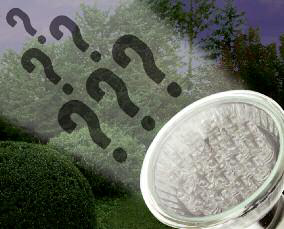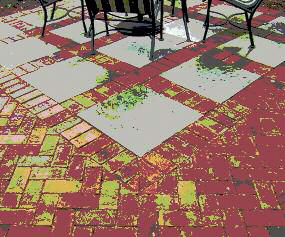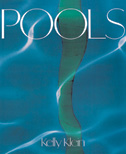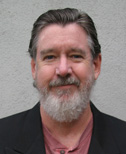ARTICLES
Advance Search
Aquatic Health
Aquatic Health, Fitness & Safety
Around the Internet
Aquatic Culture
Aquatic Technology
Artful Endeavors
Celebrity Corner
Life Aquatic
Must-See Watershapes
People with Cameras
Watershapes in the Headlines
Art/Architectural History
Book & Media Reviews
Commentaries, Interviews & Profiles
Concrete Science
Environment
Fountains
Geotechnical
Join the Dialogue
Landscape, Plants, Hardscape & Decks
Lighter Side
Ripples
Test Your Knowledge
The Aquatic Quiz
Other Waterfeatures (from birdbaths to lakes)
Outdoor Living, Fire Features, Amenities & Lighting
Plants
Ponds, Streams & Waterfalls
Pools & Spas
Professional Watershaping
Structures (Editor's Notes)
Travelogues & History
Water Chemistry
WaterShapes TV
WaterShapes World Blog
Web Links
Around the Internet
Aquatic Culture
Aquatic Technology
Artful Endeavors
Celebrity Corner
Life Aquatic
Must-See Watershapes
People with Cameras
Watershapes in the Headlines
TO: You FROM: Santa 1. May your clients be patient and understanding whenever
How do you define artistry? That’s a highly subjective question, of course, but I’ve always thought of it as a completed work that radiates impressions of insight, effort, skill and mastery – even in seemingly ordinary applications. Breaking it down further, materials are my personal passion – how they are selected and, far more important, how they are used. Indeed, while the presence of wonderful materials alone can make their impression no matter how banal a design, when the person wielding those wonderful materials has the
No matter the field, keeping up with the latest product developments is critical to supplying clients with state-of-the-art results. It’s also important to track current design and application trends and to distinguish innovations of true value from those that don’t add up or aren’t far enough along the developmental curve to warrant broad acceptance. Using my field of landscape lighting as an example, the past quarter century has seen a small clutch of products and technologies that have made the grade – the chief among them being
One of the most common themes repeated in this magazine is that selecting materials for projects can make the difference between truly artistic designs and those that are either inappropriate or just plain boring. It’s a point worth pressing: Materials truly matter, and the importance of knowing your options and keeping pace with changes in the marketplace can never be overestimated. Through the past few months, for example, I’ve been working with a couple who live in a home that’s an architectural
We know that the equipment and materials they offer us stand at the core of everything we design and/or build as watershapers. Nonetheless, it’s easy to overlook the significant role played by those who manufacture, distribute and support the products we use. As I see it, however, discounting the role of suppliers in the watershaping process is a serious mistake. Not only do these companies
Welcome to WaterShapes’ 2011 Resource Directory! It’s our way of wrapping up a year’s worth of issues with a special edition that anticipates your professional needs in times to come. Simply put, we’ve beaten the bushes and amassed a treasure trove of information that gives you direct, easy access to the products and services you’ll need to excel in the design, engineering and construction of watershapes and outdoor environments of all types in 2011 and beyond. Since the magazine’s debut a dozen years ago, we’ve served as
EXTRA! Latest Development - Chocolate-Flavored Swimming Pool Evaporates Into Thin Air! Always prowling the Internet to find tasty tidbits for this column, Ripples was quite intrigued and excited to learn, from no fewer than four separate online articles, that Caesars Palace in Las Vegas opened a huge
It’s unlikely that anyone back in 1992 would have imagined that the daughter of fashion designer Calvin Klein would change the way we think of swimming pools. That might be a slight exaggeration, but to me there’s no question that Pools by Kelly Klein, first published by Rizzoli 15 years ago and rereleased late in 2007, was unique at that time in treating pool design as
My history with Vance Gillette and his crusades began when I was editor of Pool & Spa News. Early in 1990, he approached me with a commentary that, almost overnight, opened everyone’s eyes to a complacency and lack of direction within the pool and spa industry that threatened to






















Santa Claus Talks About the Ho-Ho-Ho of Watershapes